Honorary Editor-in-Chief of AOHNS: Dr. Murray Grossan
Transparent Peer Review System
Publish for Free in PACIV
A New Avenue of ENT Research
A New Platform For Global Microsurgeons
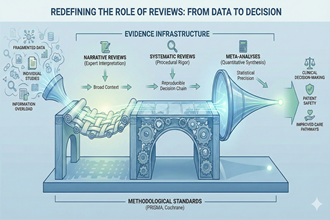
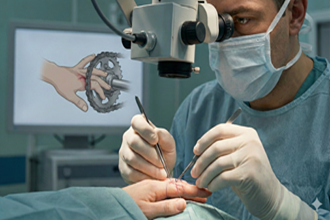

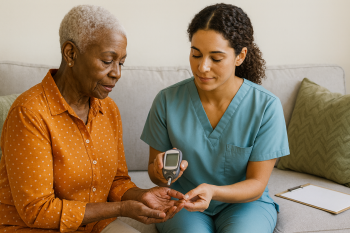


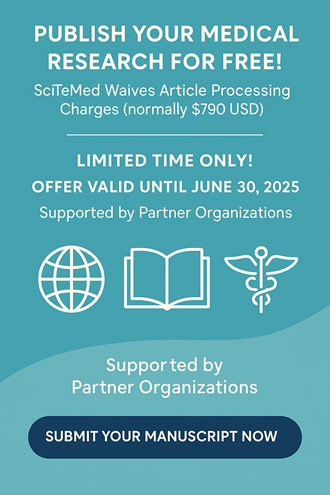

.jpg)
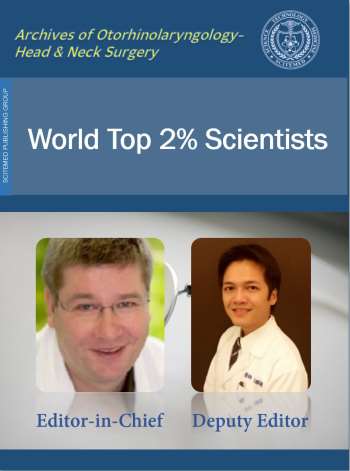

.jpg)

.png)



.jpg)
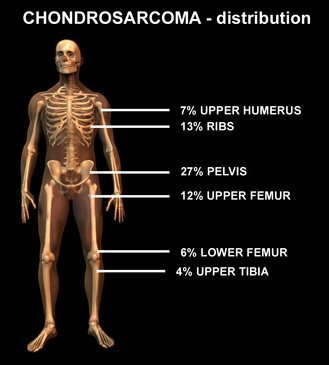
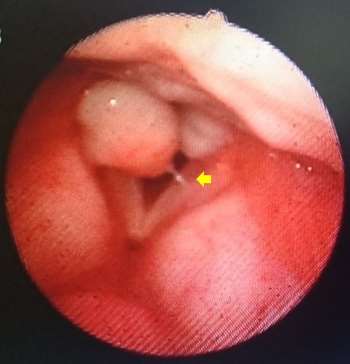

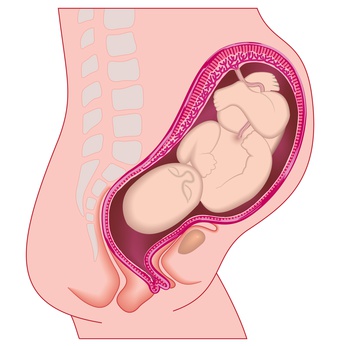
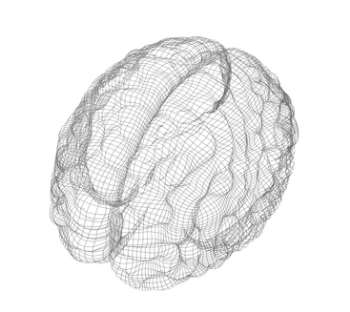
.PNG)
We use cookies to ensure that we give you the best experience on our website. If you continue without changing your browser settings we will assume that you are happy to receive all cookies on the SciTeMed Publishing Group website. Privacy Policy|Cookies
